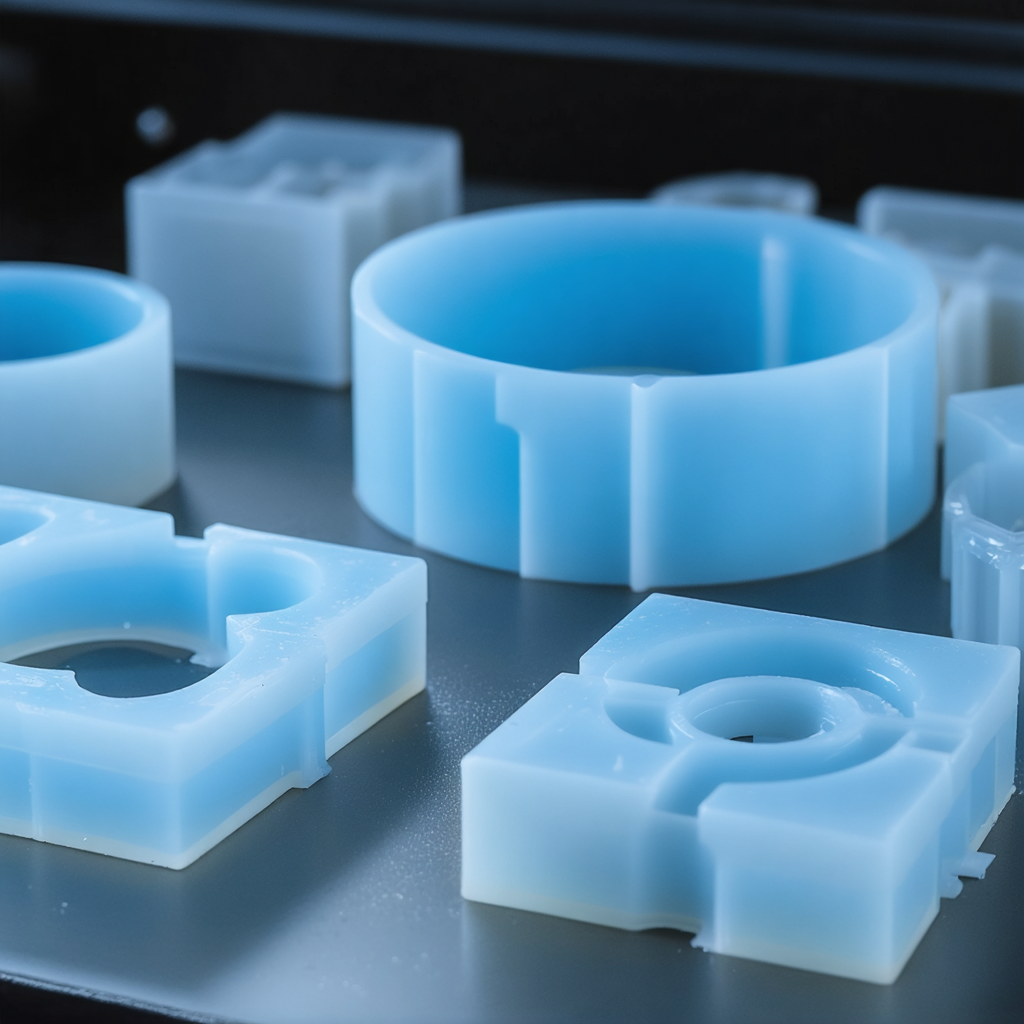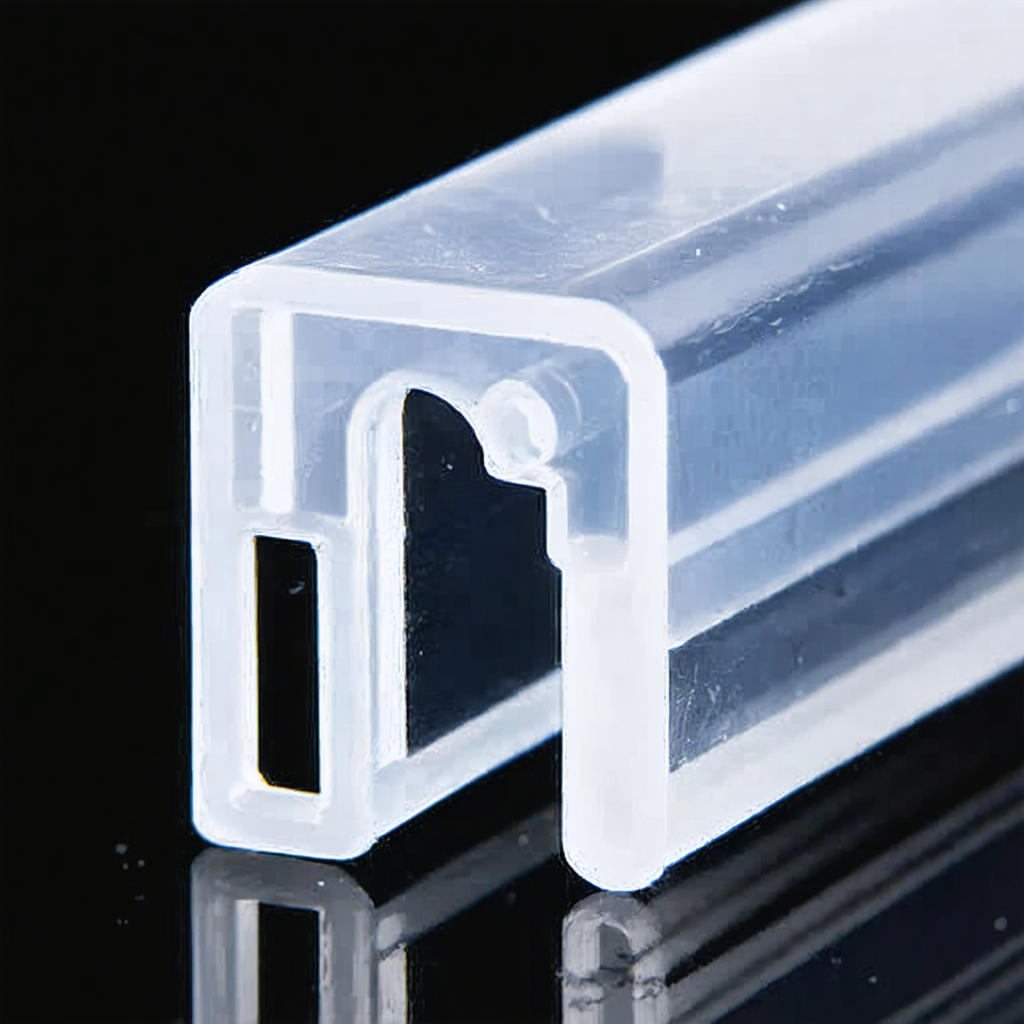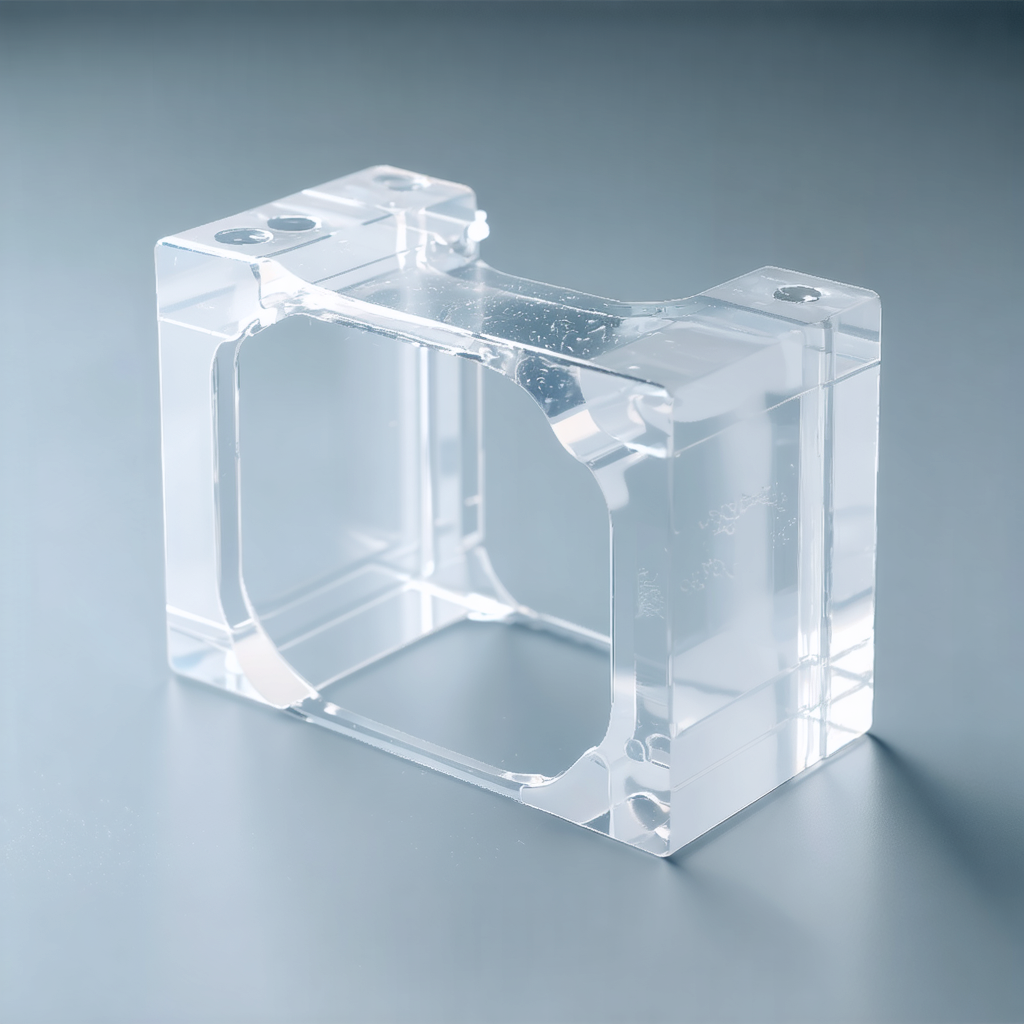
Poly(methyl methacrylate) (PMMA), also known as acrylic, is a versatile thermoplastic widely used in industries like automotive, lighting, and medical devices due to its transparency, strength, and weather resistance. When molding PMMA, controlling injection pressure is one of the most critical factors to ensure the final part has high clarity, dimensional accuracy, and structural integrity.
The recommended injection pressure for PMMA typically ranges between 70 MPa and 140 MPa (10,000 to 20,000 psi), depending on the part’s geometry, material grade, and mold design. Let’s break down why pressure matters, the factors that influence it, and how to optimize the injection process for PMMA.
Why is injection pressure important for PMMA?
Injection pressure is crucial because it determines how well the molten PMMA fills the mold, ensuring consistent part quality. If the pressure is too low, the material may not fully fill the mold, leading to defects like voids or incomplete parts. On the other hand, excessive pressure can cause internal stresses or optical defects like streaks or bubbles, which are especially problematic for transparent materials like PMMA.
Think of injection pressure like water flowing through a hose: too little pressure, and the water won’t reach its destination; too much, and it can burst the hose. For PMMA, finding the right balance is key to producing smooth, clear parts.

What factors influence PMMA injection pressure?
Several variables can affect the required injection pressure when molding PMMA:
1.Part Geometry: Thinner walls or intricate designs require higher pressures to ensure complete mold filling. Conversely, simple geometries may require less pressure.
2.Material Grade: Different PMMA grades have varying viscosities. Higher-viscosity grades need more pressure to flow, while lower-viscosity grades require less.
3.Mold Design: Mold features like runner size, gate location, and venting influence pressure needs. Poorly vented molds can increase back pressure and cause defects.
4.Processing Temperature: If the melt temperature is too low, the PMMA won’t flow properly and may require higher pressure. However, excessively high temperatures can degrade the material, impacting part quality.
How to optimize injection pressure for PMMA?
To achieve the best results when molding PMMA, adjust the injection pressure based on part requirements, mold design, and processing conditions.
1. Start with the Recommended Range
Begin with an injection pressure between 70 MPa and 100 MPa for most standard PMMA grades.
Adjust incrementally based on the part’s flow requirements.
2. Fine-Tune Based on Mold Filling
Use flow simulations or mold-filling analysis tools to identify potential issues like short shots or weld lines.
Monitor the filling pattern during trials to ensure the molten material reaches all parts of the cavity without excessive pressure.
3. Control Back Pressure
Keep back pressure between 0.5 MPa and 2 MPa during the injection cycle to maintain material consistency and avoid bubbles or streaks.
4. Adjust Cooling Time and Temperature
Ensure the mold temperature stays between 40°C and 80°C. Uniform cooling helps prevent internal stresses caused by uneven pressure distribution.
| Parameter | Recommended Range | Effect on Part Quality |
| Injection Pressure | 70 MPa – 140 MPa | Ensures complete mold filling |
| Back Pressure | 0.5 MPa – 2 MPa | Prevents bubbles and maintains material flow |
| Mold Temperature | 40°C – 80°C | Improves clarity and prevents warping |
| Melt Temperature | 200°C – 250°C | Helps achieve smooth material flow |
Common Mistakes to Avoid

Here are some pitfalls to watch out for when setting injection pressure for PMMA:
1.Overpacking the Mold: Excessively high pressure can cause stress marks or sink marks, reducing clarity.
2.Low Injection Pressure: Insufficient pressure can result in short shots or incomplete mold filling, especially in thin-walled parts.
3.Ignoring Temperature Settings: Improper melt or mold temperatures can force higher pressure requirements, leading to defects.
4.Poor Venting: Without proper vents, trapped air can create pressure inconsistencies and lead to optical defects.
Conclusion
The injection pressure for PMMA plays a pivotal role in achieving high-quality, transparent, and dimensionally accurate parts. Maintaining a pressure range between 70 MPa and 140 MPa, optimizing temperature settings, and adjusting for specific mold and part designs will help you achieve the best results.
For expert guidance on optimizing your injection molding process, visit our resource center or contact us. Let us help you craft flawless PMMA parts that meet your performance and aesthetic needs.
Post time: Nov-21-2024
